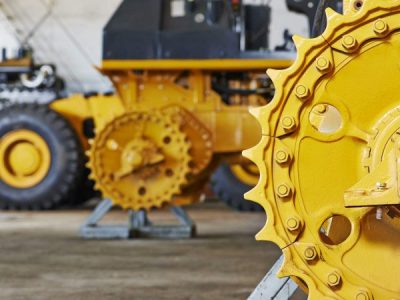Automation and engineering fall more or less hand in hand, functioning in very similar industries. Without engineering, automation would not exist or progress. Many engineering and business processes like assembly lines or basic customer support would take a substantial amount of time to complete on a constant basis without the use of automation. Although there are many positives, there are a couple of shortcomings. At Prime Engineering, the future of our industry is what motivates us to come up with new solutions and ideas. We have taken a look at how automation and engineering does and doesn’t work together.

Automation is the creation of a technology to streamline a task once performed by a human, to now be completed by a computer, machine or another piece of developed technology. The process can currently be observed at different levels of production and business processes with varying levels of customisation and output- typically, these two factors are negatively correlated when it comes to the application of automation. The most obvious positive relationship between automation and engineering is that automation wouldn’t exist without engineering.
The automation of a huge variety of processes has been developed by engineers of many fields from mechanical to software. Through this development of automated processes, the lives of the engineers, the businesses they work for and with, alongside the end-users have changed, in most cases, for the better. Automation results in the streamlining of processes, requiring less human repetition and therefore reduction of error. This efficiency increase also means the output of production grows, giving the business the potential to better meet demand and reduce wait times for customers.

One of the fears of automation is the risk of it cannibalising the jobs of the people who made it. The likelihood of highly skilled engineers being replaced by these systems is very low, this is not only because they know how they have programmed the process but also that many engineering jobs require critical thinking skills, innovation and negotiating with clients. As much as this point may have been what you were expecting doesn’t work between engineering and automation, it is, for now, quite neutral.
One element automation and engineering struggle to meet upon is versatility. Automation is typically developed to repeat a task and though there are varying levels of customisation per output, this is still limited. With the nature of engineering being very innovative, this restriction is a hurdle yet to be overcome between the two. Another difficulty is the incorporation of automation into the day-to-day activities of engineers. This requires both training and maintenance from staff, so while cutting some costs to human staff to perform the activity itself, the money will have to be put into the training of these same or new staff.
At Prime Engineering, we are here to solve all of your mechanical engineering problems. To see how we could help you with mechanical engineering or a technical solution, contact us today!



